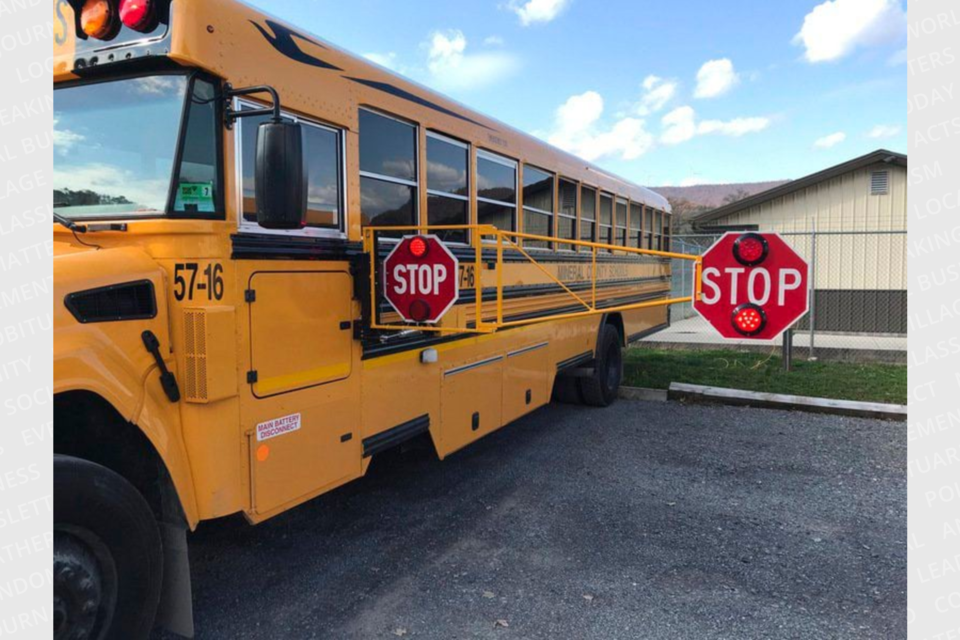The Student Transportation Services of Waterloo Region will be busy focusing on passenger safety over the March Break as they work to install extended six foot stop sign arms on three school buses.
The installations are part of a pilot project aimed at stopping motorists around bus drop off points.
Benoit Bourgault, general manager of STSWR, says the extended arms have been used in other markets and have been successful at limiting bus related traffic offences.
“We continue to have issues with motorists not respecting the stop arm,” Bourgault said.
“I have a colleague in British Columbia and he told me the extended arms have essentially resolved the issue.”
A total of 97 school bus related charges were laid by Waterloo Regional Police in 2021. Those numbers dropped to 48 in the region and 13 in the City of Cambridge in 2022, but the police service says that the 2021 numbers are more typical of the average year-over-year.
Bourgault emphasizes that while school bus related accidents are rare, the point of the trip where students are entering and exiting the bus is the most dangerous.
“Ultimately it's the place where the students are the most vulnerable,” he said.
“They're expecting motorists to stop and they may have to cross the road. Young students don’t always have the awareness to look both ways. With the extended stop arms we’re hoping people act accordingly as it’s the most dangerous part of the journey.”
School bus stop sign cameras is also an idea that has been considered in the past, but currently no buses in the region are equipped with them.
Bourgault says they’re still a ways away from making cameras a reality.
“The ultimate goal is to stop the vehicles,” he said.
“We've been trying to get stop sign cameras to help with enforcement and fines but it’s going to take a while before we get there. One of the issues is that with automated speed enforcement and speed cameras, the court system doesn’t necessarily have the capacity to deal with infractions.”
As they analyze the results of the stop arm pilot and the potential for cameras in the future, the STSWR will continue to look into ways to increase student safety, including the use of seatbelts.
At the current moment, 37 of the school buses in the region are equipped with seatbelts. It’s a total that will only increase over the coming years, Bourgault says.
“Every new bus going forward that comes into the region will be equipped with seatbelts,” he said.
“That means all of our buses should have them within 11 years. There’s a lot of things we don't control outside of the bus, but can control inside. We need to focus on what we can influence and what we can control.”



